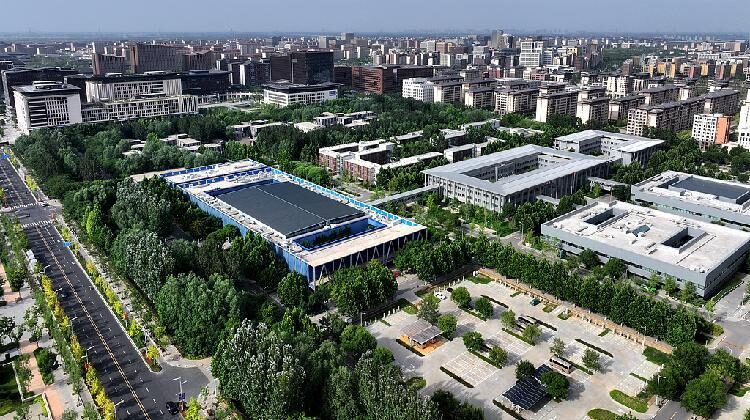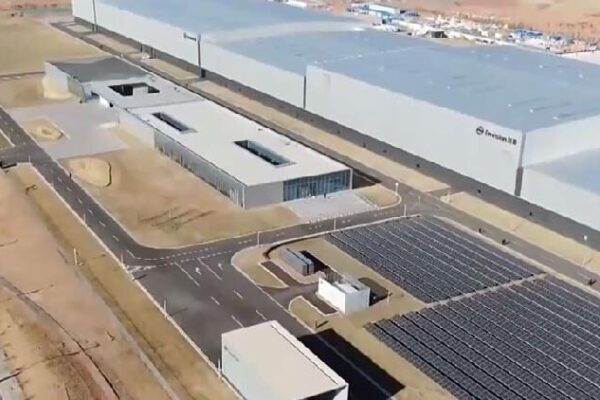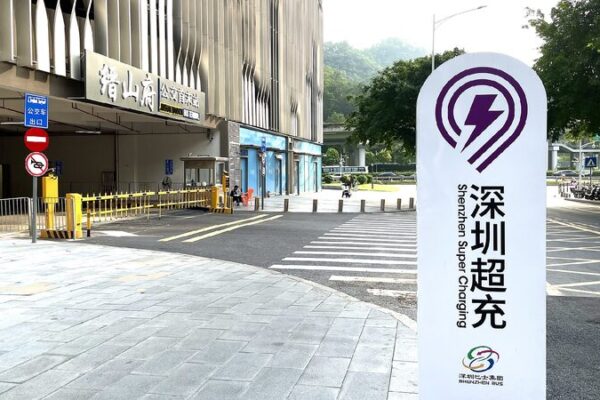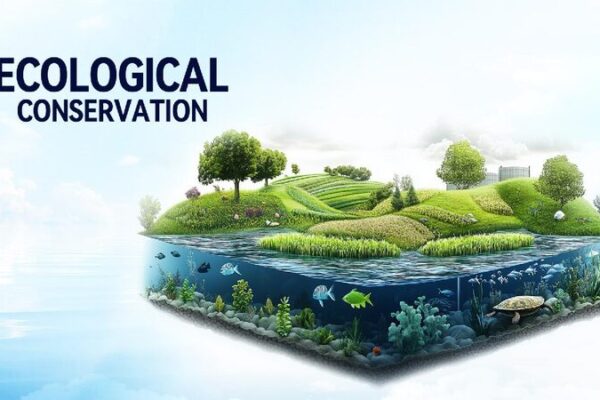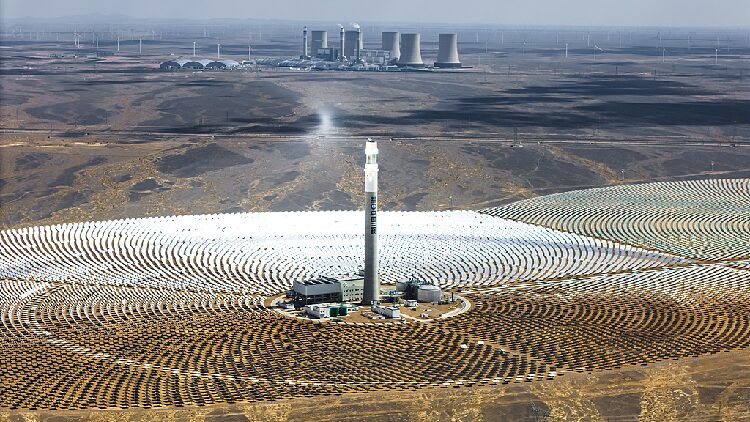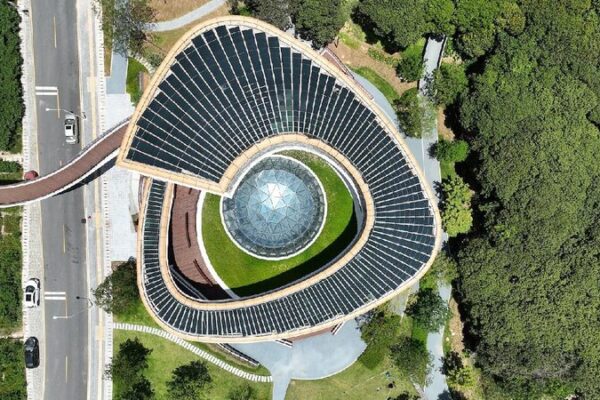Zero-carbon parks are emerging as groundbreaking models in the global quest for sustainability. As nations strive to meet carbon neutrality goals, these innovative hubs showcase how green technology can drive low-carbon, sustainable development.
China’s Green Initiatives
China is at the forefront of this movement, integrating zero-carbon parks into its ambitious plans to peak carbon emissions before 2030 and achieve carbon neutrality by 2060.
Xiongan New Area
Located in Hebei Province, Xiongan New Area is home to a new energy ecological park that opened in June. The park features an integrated solar photovoltaic system alongside ground and air source heat pumps, meeting zero-carbon building standards. A smart low-carbon management system operates the park, aiming to reduce annual carbon emissions by 10,000 tonnes.
Tianjin Port
Tianjin Port has harnessed advanced technologies to strengthen environmental protection. Achieving green energy self-sufficiency, the port utilizes wind turbines and photovoltaic plants to generate electricity. Its zero-carbon smart wharves boast a total installed capacity of 78 megawatts, producing 180 million kilowatt-hours of electricity annually. Electric charging stations for heavy trucks further underscore its commitment to sustainability.
CRRC Zero Carbon Industrial Park
In Zhuzhou, Hunan Province, the CRRC Zero-Carbon Industrial Park was officially completed on December 26. By leveraging low-carbon technologies like waste heat recovery and integrating solar energy storage and charging systems, the park reduces energy consumption in single-product production by 12%. With over 50% of its energy sourced from clean energy, it stands as one of China’s leading green manufacturing parks.
Global Examples
Masdar City, UAE
Masdar City in Abu Dhabi exemplifies zero-carbon urban development on an international scale. The city relies heavily on renewable energy, with a 10 MW photovoltaic plant and rooftop solar panels supplying clean electricity. Buildings utilize energy-efficient materials and passive cooling systems, reducing energy consumption by over 50%. An autonomous electric transport system eliminates vehicle emissions, and smart grid technology optimizes energy distribution and storage. Treated wastewater is also reused to conserve resources.
BedZED, UK
In London, BedZED blends residential and business spaces within a zero-carbon framework. Solar panels generate renewable electricity, while super-insulated walls and triple-glazed windows minimize heating and cooling needs. Heat recovery systems further improve efficiency. The community implements rainwater harvesting and wastewater recycling to reduce resource consumption, and electric vehicle charging points encourage sustainable transportation. Buildings are constructed from locally sourced, low-carbon materials, emphasizing sustainability from construction to operation.
Building a Greener Tomorrow
These zero-carbon parks demonstrate how innovative technologies and sustainable practices can significantly reduce carbon footprints. As more regions adopt such models, the vision of a carbon-neutral future becomes increasingly attainable.
Reference(s):
cgtn.com
